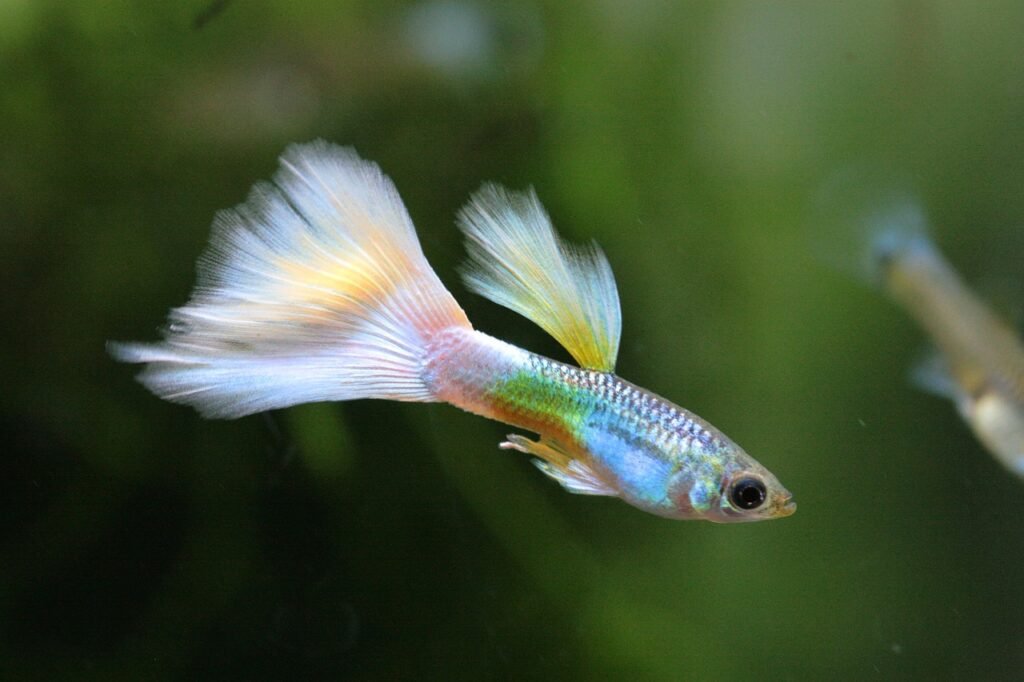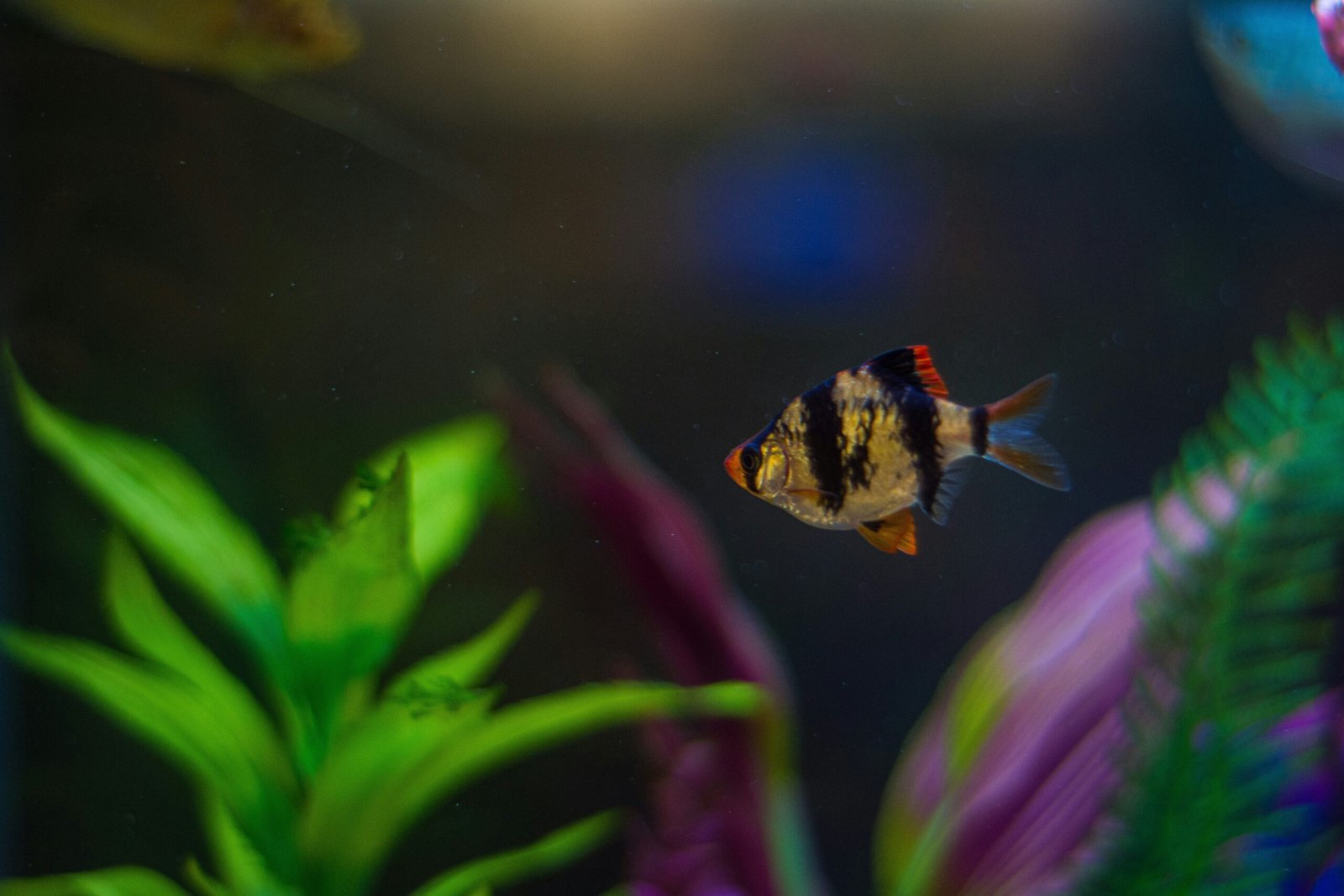Guppies are one of the most popular fish for beginner aquarium enthusiasts. Their vibrant colors, easygoing nature, and adaptability make them a favorite for both seasoned aquarists and newcomers alike. With two fish tanks and a passion for guppies myself, I can attest to the joy these little swimmers bring. However, like any pet, guppies require proper care to thrive. Here’s a comprehensive guide to help you get started.
Choosing the Right Aquarium
Before bringing guppies home, you need to ensure they have a suitable environment. A 10-gallon tank is usually the minimum size recommended for guppies, but if you have the space, a larger tank is always better. Guppies are active swimmers, and more space allows them to explore and reduces stress.
In my experience, having two tanks has been a great way to separate males and females or to quarantine new arrivals. It’s also important to have a tank lid, as guppies can be surprisingly good jumpers!
Water Conditions and Filtration
Guppies are hardy fish, but they still need stable water conditions to stay healthy. They prefer water temperatures between 72°F and 82°F (22°C – 28°C) with a pH level between 6.8 and 7.8. Using a good quality heater and thermometer will help you maintain a consistent temperature.
Water quality is crucial, so invest in a reliable filter that can handle your tank size. Regular water changes are also necessary to keep ammonia, nitrites, and nitrates in check. In my tanks, I find that changing about 20-30% of the water every week works well.
Feeding Your Guppies
Guppies are not picky eaters, which makes feeding them relatively easy. A balanced diet is key to keeping them healthy and vibrant. I feed my guppies a mix of high-quality flake food, freeze-dried bloodworms, and the occasional treat of brine shrimp. It’s important to feed them in small amounts that they can consume within 2-3 minutes to avoid overfeeding and water pollution.
Guppy Health and Common Issues
Despite being hardy, guppies can still fall ill if their environment isn’t well-maintained. Common issues include fin rot, ich, and swim bladder problems. In my experience, the best way to prevent these issues is by maintaining clean water and observing your guppies daily for any signs of stress or disease.
If you notice any unusual behavior or physical changes, it’s important to act quickly. Quarantining the affected fish in a separate tank can prevent the spread of disease. Treating with appropriate medication based on the symptoms is usually effective, but prevention through good care is always best.
Breeding Guppies
One of the most exciting aspects of keeping guppies is their tendency to breed easily. If you have both males and females in your tank, you’re likely to see baby guppies (called fry) within a month. In my tanks, I’ve set up a separate breeding tank to give the fry a better chance of survival, as adult guppies might eat them.
If you’re interested in breeding, provide plenty of hiding spots with plants or breeding boxes. Ensure that the water conditions are optimal, and feed the fry small, nutritious food like crushed flakes or baby brine shrimp.
Decorating Your Guppy Tank
Guppies enjoy a well-decorated tank with plenty of places to explore and hide. Live plants like java moss and guppy grass are great additions, providing cover for the fry and helping to keep the water clean by absorbing excess nutrients. I’ve also added driftwood and smooth stones to create a more natural environment.
Maintaining Your Guppy Tank
Regular maintenance is crucial to keeping your guppies happy and healthy. This includes weekly water changes, cleaning the filter, and trimming any overgrown plants. In my routine, I also take time to check the water parameters and ensure everything is within the ideal range.
By following these steps, you can ensure that your guppies live a long, healthy, and happy life. With their lively personalities and colorful appearance, guppies are a joy to watch and care for, making them a perfect choice for beginners and experienced aquarists alike.



